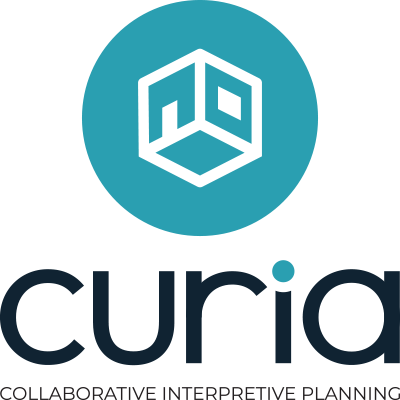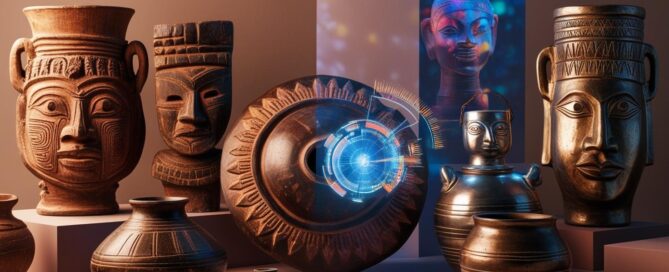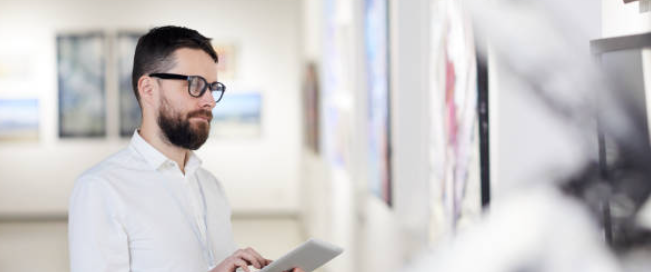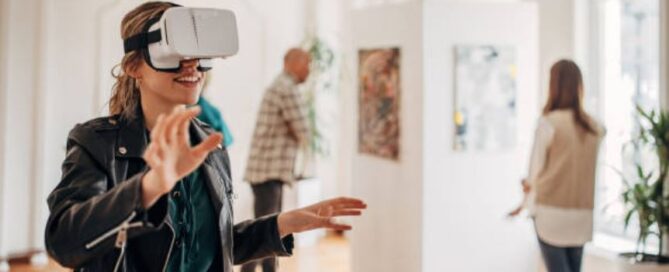Museum Planning: From Static Spaces to Dynamic Experiences
From Static Spaces to Dynamic Experiences For decades, museums have been designed as spaces for preservation and presentation. But today, museum professionals are shifting their focus moving beyond just housing collections to creating dynamic experiences that engage and inspire visitors. How do we plan for this evolution? Interpretation as a Living, Breathing Process Interpretive planning is no longer about crafting a one-time roadmap. The best museums treat interpretation as a living process one that evolves with visitor feedback, new discoveries, and emerging technologies. Instead of static, long-term plans that lock content in place, forward-thinking institutions are adopting adaptive interpretation: a flexible, iterative approach that allows for constant refinement. Breaking the Mold: What the Best Museums Are Doing Some of [...]







